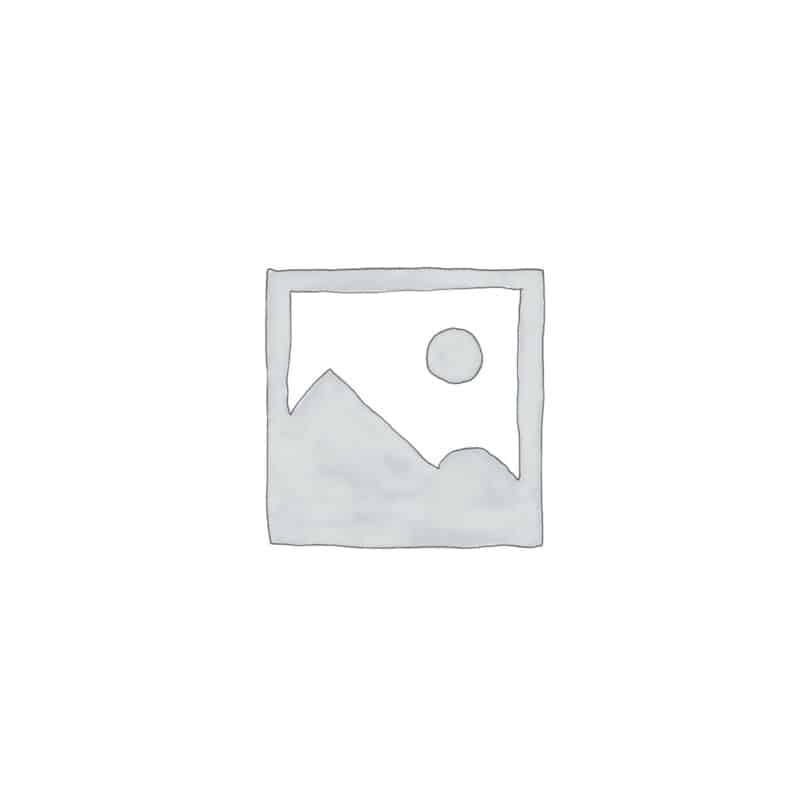Description
Chewing’s fescue is a type of red fescue. It is a fine-leaved perennial grass of medium height and vigour. Its fine, bristle-like, mid to dark green glossy leaves are probably its most characteristic feature. Its heads are branched, typically growing to less than 70cm in height. Red fescue is an extremely variable species which can grow in dense tufts or spread out by rhizomes to form patches or carpets of fine leaves. Chewing fescue is a relatively distinct subspecies as it is the only non-creeping form and so cannot spread vegetatively by rhizomes. Instead it grows to forms dense tufts (or mats if mown frequently). The name Chewings is from a Mr Chewing who first traded its seed as lawn seed in large quantities from New Zealand.
Habitat Information
Chewing’s fescue is a native subspecies of red fescue that is occasionally identified as growing naturally in open dry grassland. Its current distribution in Britain however owes more to its popularity for sowing as a lawn grass from bowling greens to road verges.
Growing Information
Chewing’s fescue seed can be sown at any time of the year when soil conditions are suitable. It can be moderately quick to germinate from sowing, but being a relatively slow-growing grass, the small fine leaved seedlings will take some time to reach full size and cover (as compared with ryegrass for example).
Chewing’s fescue is particularly tolerant of frequent close mowing and responds by producing a fine dense sward. It is the classic grass sown with common bent to create the finest quality bowling greens and ornamental lawns. Fescue turf is however only moderately tolerant of wear and trampling.
Because Chewing’s fescue does not spread by creeping, (like all other red fescues do), it has been assumed that in this respect is it is the least competitive form and so a good choice as a companion grass in wild flower mixtures. In our own trials however it has been difficult to ever see this benefit in practice. The growth rate of Chewing’s fescue is similar to that of other red fescues, and any advantage the tufted growth form may impart is offset by the density of its shoot growth. As its natural ecological range and distribution is restricted in Britain we do not use it extensively in our mixture range, preferring to use less dense forms of wild or slender creeping red fescue.


